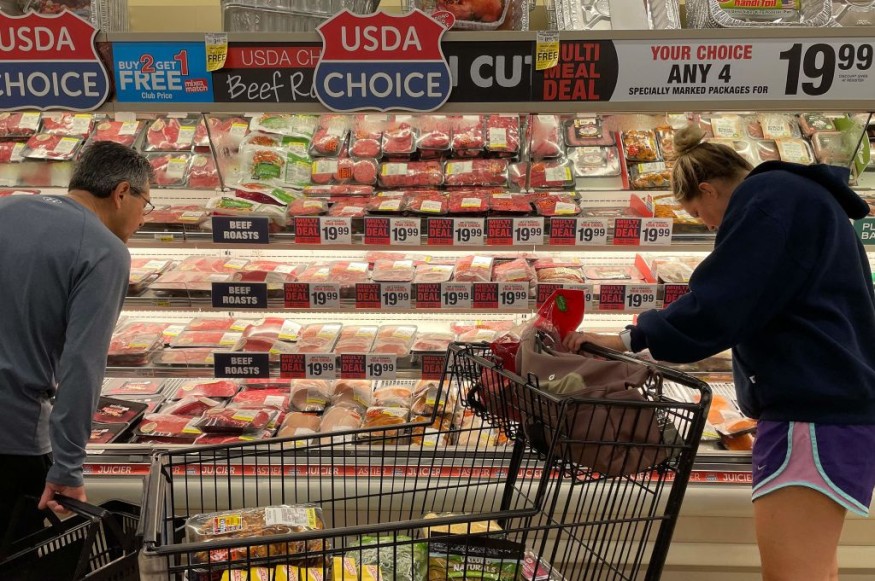A recent study showed that microplastics are now in the meat and dairy products people consume daily.
According to a survey by the environmental non-profit Plastic Soup Foundation, microplastics, the residue left behind when plastics break down, were present in almost 80 percent of the products they examined.
The study suggests that plastics could be a contributing factor in the contamination of cattle feed.
Euro News mentioned that the research raised even more questions about contamination in the food chain.

Microplastics Found in Meat, Milk, Livestock Blood
Around 73 percent of the meat and dairy products evaluated by scientists reportedly contained microplastics, according to the study conducted by the Plastic Soup Foundation.
In the study, microplastics such as polyethylene and polystyrene were identified in all 12 samples of cow blood and 12 samples of pig blood. Additionally, 25 samples of milk from shop cartons, farm milk tanks, and hand-milking were examined; 18 of them were found to contain microplastics.
All 12 samples of feed pellets and shredded feed were found to contain plastic, leading the researchers to believe that one potential source of the hazardous particles may be the feed of cows and pigs. The fresh food was not contaminated, though.
"This study raises serious concerns about the contamination of our food chain with microplastics. It is also clear that farmers are not responsible for this. It seems that - at least part of the - former food products, including from supermarkets, are processed into livestock feed with packaging and all. It is not only detrimental to animal welfare but perhaps also to ourselves," said Maria Westerbos, director of Plastic Soup Foundation, in a statement per Interesting Engineering.
Weserbos added that there are tiny particles of plastic in most likely every steak and burger people eat.
ALSO READ : Drinking from Plastic Bottles Could Make Us Ingest Nearly 100,000 Micro and Nanoplastics Every Year
Microplastics Could Stay in Organs
After first detecting microplastics in human blood in March, researchers from VUA used the same methods to examine animal products. The particles' presence in blood suggests that they can migrate throughout the body and may even remain in organs.
Researchers are concerned because air pollution components have already been shown to infiltrate the body and cause millions of preventable deaths yearly, and because microplastics injure human cells in the lab.
Although its effects on human and animal health are still largely unclear, it is thought to harm some species in the wild.
Dr. Heather Leslie of VUA, in her statement to The Guardian, mentioned that the inquiry sought to ascertain whether there were any microplastics in dairy, meat, or farm animals. It should serve as a catalyst to investigate the level of exposure and any potential issues.
It is not surprising that most of the meat and dairy products under investigation contained microplastics, considering that these microscopic particles are present in livestock feed, according to Maria Westerbos of the Plastic Soup Foundation.
She suggested that removing plastic from animal feed will protect the health of both humans and animals.
RELATED ARTICLE : Nano-Sized Plastics Penetrate, Permeate Human Cell Membranes
Check out more news and information on Agriculture on Science Times.
© 2025 ScienceTimes.com All rights reserved. Do not reproduce without permission. The window to the world of Science Times.












